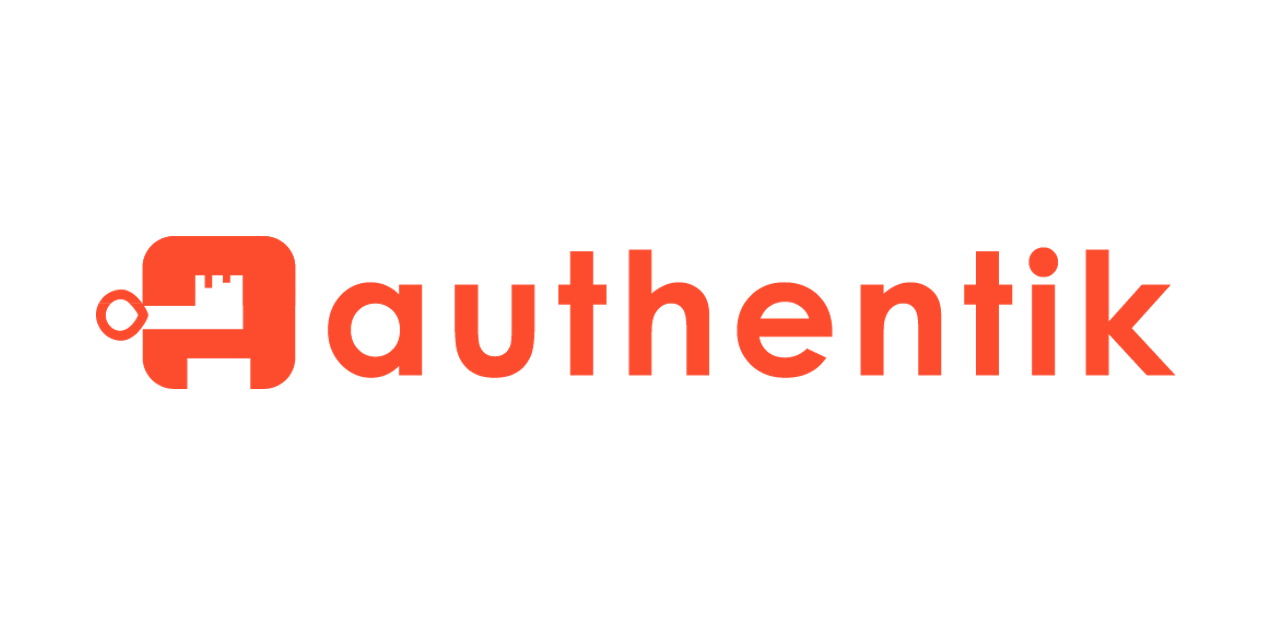# Authentik OIDC Authentication
 Authentik is a self-hosted identity provider that supports OpenID Connect and OAuth2. AdventureLog can be configured to use Authentik as an identity provider for social authentication. Learn more about Authentik at [goauthentik.io](https://goauthentik.io/).
Once Authentik is configured by the administrator, users can log in to AdventureLog using their Authentik account and link existing AdventureLog accounts to Authentik for easier access.
# Configuration
To enable Authentik as an identity provider, the administrator must first configure Authentik to allow AdventureLog to authenticate users.
### Authentik Configuration
1. Log in to Authentik and navigate to the `Providers` page and create a new provider.
2. Select `OAuth2/OpenID Provider` as the provider type.
3. Name it `AdventureLog` or any other name you prefer.
4. Set the `Redirect URI` of type `Regex` to `^http:///accounts/oidc/.*$` where `` is the URL of your AdventureLog Server service.
5. Copy the `Client ID` and `Client Secret` generated by Authentik, you will need these to configure AdventureLog.
6. Create an application in Authentik and assign the provider to it, name the `slug` `adventurelog` or any other name you prefer.
7. If you want the logo, you can find it [here](https://adventurelog.app/adventurelog.png).
### AdventureLog Configuration
This configuration is done in the [Admin Panel](../../guides/admin_panel.md). You can either launch the panel directly from the `Settings` page or navigate to `/admin` on your AdventureLog server.
1. Login to AdventureLog as an administrator and navigate to the `Settings` page.
2. Scroll down to the `Administration Settings` and launch the admin panel.
3. In the admin panel, navigate to the `Social Accounts` section and click the add button next to `Social applications`. Fill in the following fields:
- Provider: `OpenID Connect`
- Provider ID: Authentik Client ID
- Name: `Authentik`
- Client ID: Authentik Client ID
- Secret Key: Authentik Client Secret
- Key: can be left blank
- Settings: (make sure http/https is set correctly)
```json
{
"server_url": "http:///application/o/[YOUR_SLUG]/"
}
```
::: warning
`localhost` is most likely not a valid `server_url` for Authentik in this instance because `localhost` is the server running AdventureLog, not Authentik. You should use the IP address of the server running Authentik or the domain name if you have one.
- Sites: move over the sites you want to enable Authentik on, usually `example.com` and `www.example.com` unless you renamed your sites.
#### What it Should Look Like

4. Save the configuration.
Ensure that the Authentik server is running and accessible by AdventureLog. Users should now be able to log in to AdventureLog using their Authentik account.
## Troubleshooting
### 404 error when logging in.
Ensure the `/accounts` path is routed to the backend, as it shouldn't hit the frontend when it's properly configured.
### Authentik - No Permission
In the Authentik instance, check access to the AdventureLog application from a specific user by using the Check Access/Test button on the Application dashboard. If the user doesn't have access, you can add an existing user/group policy to give your specific user/group access to the AdventureLog application.
Authentik is a self-hosted identity provider that supports OpenID Connect and OAuth2. AdventureLog can be configured to use Authentik as an identity provider for social authentication. Learn more about Authentik at [goauthentik.io](https://goauthentik.io/).
Once Authentik is configured by the administrator, users can log in to AdventureLog using their Authentik account and link existing AdventureLog accounts to Authentik for easier access.
# Configuration
To enable Authentik as an identity provider, the administrator must first configure Authentik to allow AdventureLog to authenticate users.
### Authentik Configuration
1. Log in to Authentik and navigate to the `Providers` page and create a new provider.
2. Select `OAuth2/OpenID Provider` as the provider type.
3. Name it `AdventureLog` or any other name you prefer.
4. Set the `Redirect URI` of type `Regex` to `^http:///accounts/oidc/.*$` where `` is the URL of your AdventureLog Server service.
5. Copy the `Client ID` and `Client Secret` generated by Authentik, you will need these to configure AdventureLog.
6. Create an application in Authentik and assign the provider to it, name the `slug` `adventurelog` or any other name you prefer.
7. If you want the logo, you can find it [here](https://adventurelog.app/adventurelog.png).
### AdventureLog Configuration
This configuration is done in the [Admin Panel](../../guides/admin_panel.md). You can either launch the panel directly from the `Settings` page or navigate to `/admin` on your AdventureLog server.
1. Login to AdventureLog as an administrator and navigate to the `Settings` page.
2. Scroll down to the `Administration Settings` and launch the admin panel.
3. In the admin panel, navigate to the `Social Accounts` section and click the add button next to `Social applications`. Fill in the following fields:
- Provider: `OpenID Connect`
- Provider ID: Authentik Client ID
- Name: `Authentik`
- Client ID: Authentik Client ID
- Secret Key: Authentik Client Secret
- Key: can be left blank
- Settings: (make sure http/https is set correctly)
```json
{
"server_url": "http:///application/o/[YOUR_SLUG]/"
}
```
::: warning
`localhost` is most likely not a valid `server_url` for Authentik in this instance because `localhost` is the server running AdventureLog, not Authentik. You should use the IP address of the server running Authentik or the domain name if you have one.
- Sites: move over the sites you want to enable Authentik on, usually `example.com` and `www.example.com` unless you renamed your sites.
#### What it Should Look Like

4. Save the configuration.
Ensure that the Authentik server is running and accessible by AdventureLog. Users should now be able to log in to AdventureLog using their Authentik account.
## Troubleshooting
### 404 error when logging in.
Ensure the `/accounts` path is routed to the backend, as it shouldn't hit the frontend when it's properly configured.
### Authentik - No Permission
In the Authentik instance, check access to the AdventureLog application from a specific user by using the Check Access/Test button on the Application dashboard. If the user doesn't have access, you can add an existing user/group policy to give your specific user/group access to the AdventureLog application.